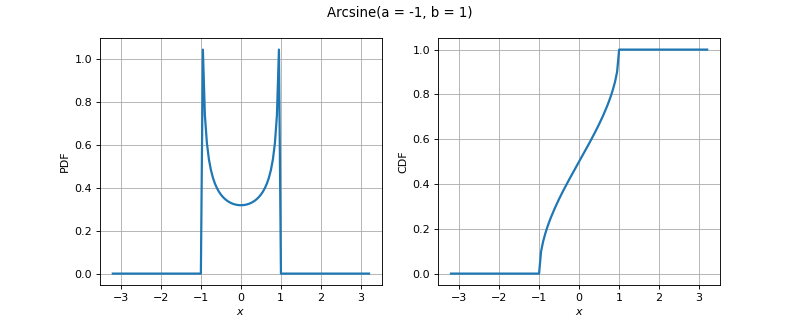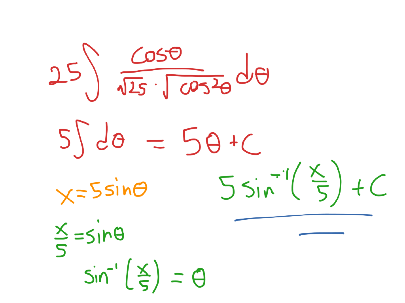

A majority of data sets showed differences between transformed and nontransformed data in mean separations determined using LSD (0.05), although most of these differences were minor and had little effect on interpretation of results.
ARCSINE TRANSFORMATION IN R CODE
Does anyone have a code that I could use. Does anyone have a code that I could use. I am tryin to perform an arcsine transformation on my data containig percentages as the dep. transf.arcsin: arcsine square root transformation for proportions. transf.ilogit: inverse of the logit transformation. p can also be a vector of proportion values. RAU (p) computes the rationalized arcsine transform for a proportion value p (0 < p < 1). (p0.5 roughly corresponds to a rau of 50). The linear tests can then be performed on the RAU values. transf.logit: logit (log odds) transformation for proportions. The Rationalized Arcsine Transform linearizes the proportions and converts them to 'rational arcsine units'. transf.ztor: inverse of the Fisher's r-to-z transformation. In some cases, the result is not multiplied by two (Sokal and Rohlf 1995). transf.rtoz: Fisher's r-to-z transformation for correlations. Then, once the confusion has worn off, give them a copy of this paper. (5 replies) I am tryin to perform an arcsine transformation on my data containig percentages as the dep. The arcsine transformation (also called the arcsine square root transformation, or the angular transformation) is calculated as two times the arcsine of the square root of the proportion. Luckily, most stats packages and spreadsheets (e.g., Excel) have. In sum, though, the next time you see someone doing analyses with count data using simple linear regression or ANOVA with a log, sqrt, arcsine sqrt, or any other transformation, jump on them like a live grenade. The arcsine transformation, not generally recommended for data sets having values from 0 to 20% or 80 to 100%, was as effective in correcting non-normality, heterogeneity of variance, and nonadditivity in these data sets as was the recommended square root transformation. The formula for Fishers r-to-z Transformation is this: z 0.5 ln ( ( 1 + r ) / ( 1 r ) ). Another common (now archaic) recommendation is to transform the response using the arcsine transformation, p s i n 1 ( p ), and stay within the. Performing the recommended transformation in conjunction with omitting treatments having identical replicate observations provided a high percentage of correction of non-normality, heterogeneity of variance, and nonadditivity. Transformations appeared to correct deficiencies in these three parameters in the majority of data sets, but had adverse effects in certain other data sets. This type of transformation is typically used when dealing with proportions and percentages.

The arcsine and square root transformations were tested on 82 weed control data sets and 62 winter wheat winter survival data sets to determine effects on normality of the error terms, homogeneity of variance, and additivity of the model. An arcsine transformation can be used to stretch out data points that range between the values 0 and 1.


 0 kommentar(er)
0 kommentar(er)
